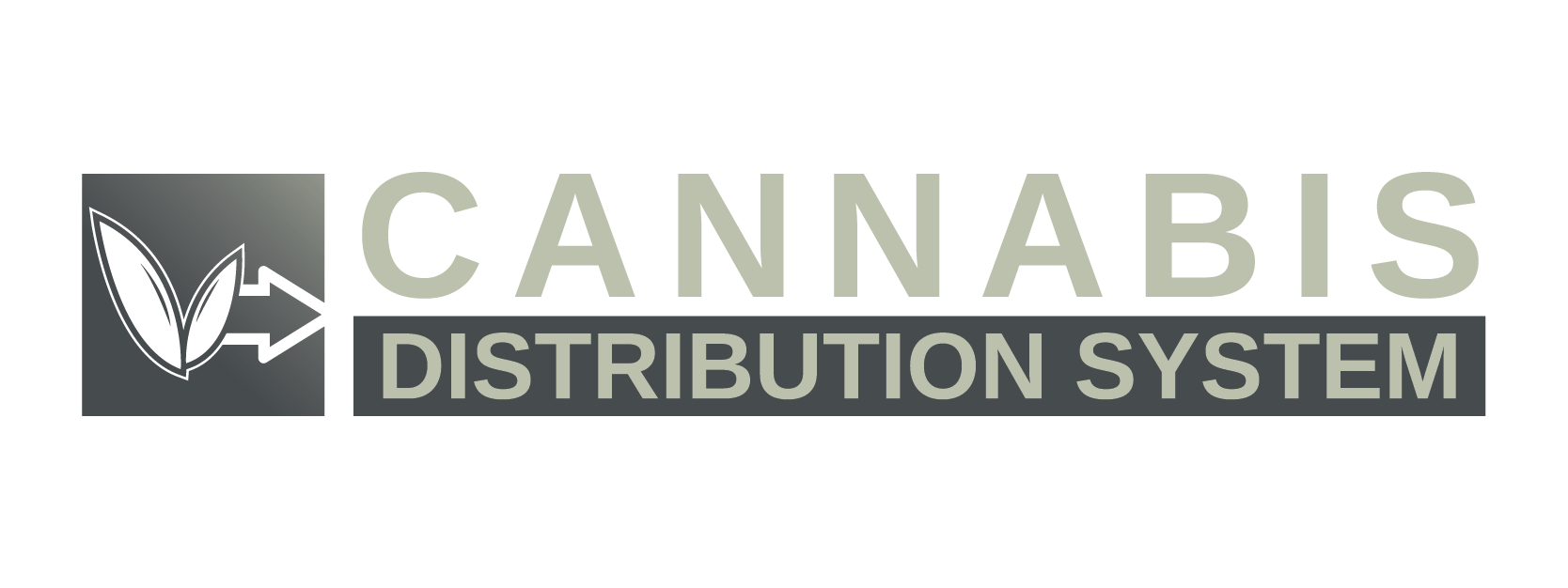In the fast-paced world of cannabis production, managing product flow from cultivation to distribution requires precision, consistency, and complete regulatory compliance. For licensed cannabis production facilities—whether focused on cultivation, extraction, or manufacturing—real-time inventory management plays a critical role in maintaining operational efficiency and legal accountability.
Strengthening Regulatory Compliance
At the production level, every plant, extract, or infused product must be meticulously tracked and reported through state-mandated seed-to-sale systems such as Metrc or BioTrack. Real-time inventory management systems help ensure that all movements—whether it’s a harvested plant, a batch of oil, or a packaged edible—are logged instantly and accurately.
Production facilities operate under constant regulatory scrutiny. Errors in batch reporting or inventory reconciliation can result in license penalties, fines, or product recalls. A real-time system minimizes these risks by automating compliance data and syncing directly with government systems, reducing reliance on manual entry and minimizing the potential for human error.
Optimizing Production Workflows
A modern cannabis production facility often juggles dozens, if not hundreds, of SKUs across various stages of production—from raw biomass and cured flower to concentrates, tinctures, and pre-rolls. Real-time inventory tracking helps facility managers coordinate these workflows more effectively.
By providing instant visibility into current stock levels, ingredient usage, and packaging supplies, inventory systems ensure that each production run is planned with accurate data. This prevents unnecessary downtime caused by missing materials or overproduction of slow-moving items, helping teams stay lean and focused.
Enhancing Interdepartmental Communication
In large-scale cannabis facilities, multiple departments—cultivation, processing, packaging, and distribution—must work in lockstep. Real-time inventory platforms act as a central source of truth, allowing each department to access current product statuses without relying on emails, spreadsheets, or manual inventory logs.
For example, if a packaging team knows exactly how much distillate is available from the extraction department, they can prepare the right volume of vape cartridges or edibles without delay. This streamlined communication reduces internal bottlenecks and boosts overall output efficiency.
Supporting Distribution and Sales Forecasting
Production facilities are often responsible for fulfilling purchase orders and working closely with downstream distribution partners. Real-time inventory management allows production leads to respond quickly to demand shifts, adjust packaging schedules, and ensure that finished goods are ready for shipment when required.
With up-to-date stock visibility, production managers can also collaborate more effectively with sales and logistics teams, identifying trends and forecasting product needs with greater accuracy. This improves fulfillment rates, reduces waste, and supports a more reliable supply chain.
Improving Quality Control and Loss Prevention
Cannabis production requires strict control over environmental conditions, ingredient handling, and batch testing. Real-time inventory tools help track batches across multiple checkpoints, including QA testing and quarantined stock. This transparency helps ensure that only compliant and high-quality products make it to market.
Additionally, real-time systems reduce shrinkage by flagging anomalies in product counts, preventing internal loss or diversion, and reinforcing accountability across the facility.
Conclusion
For cannabis production facilities, real-time inventory management is far more than a digital convenience—it’s a foundational component of a compliant, agile, and quality-driven operation. As demand for cannabis products continues to grow, facilities that invest in accurate, real-time tracking will be better positioned to scale responsibly, serve their partners, and lead in a competitive market.
Learn about METRC vs. BioTrack here.

